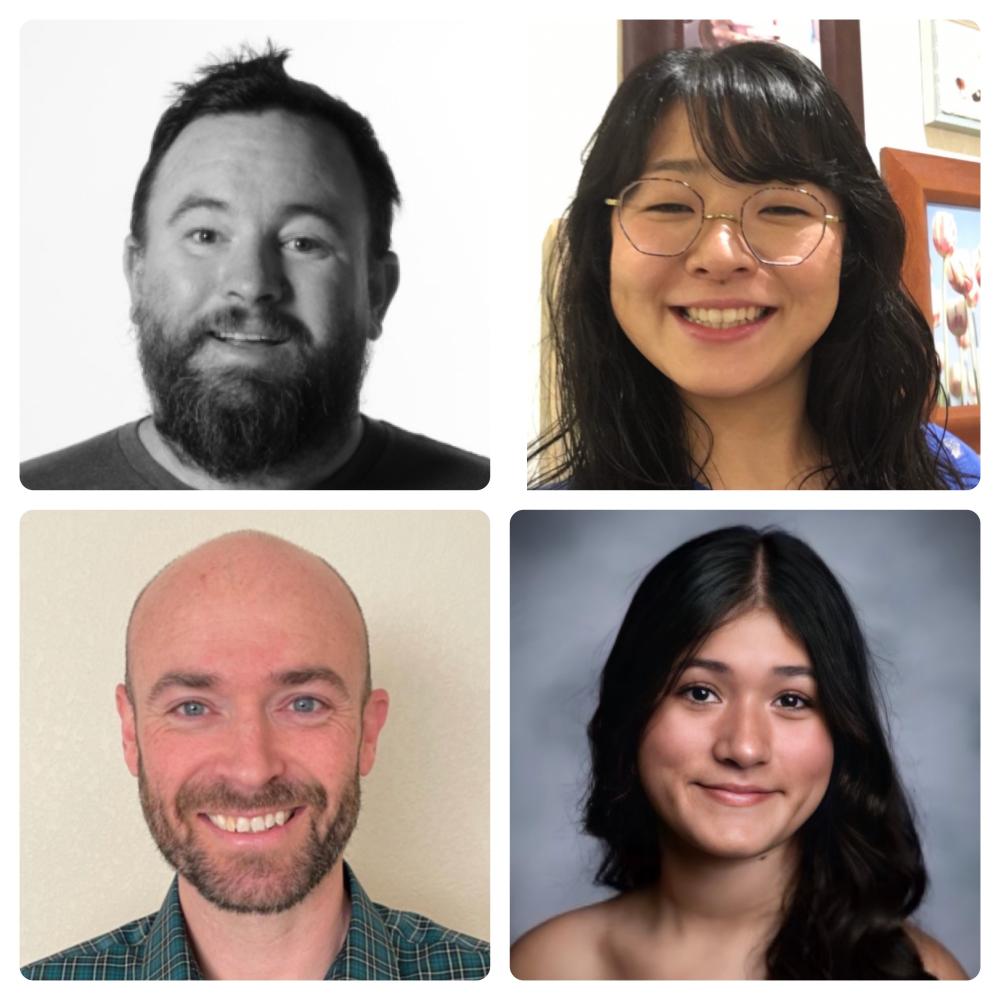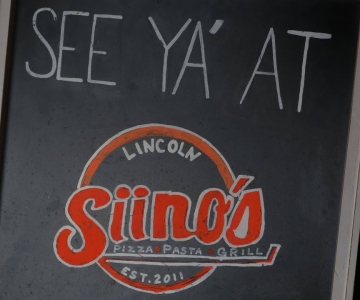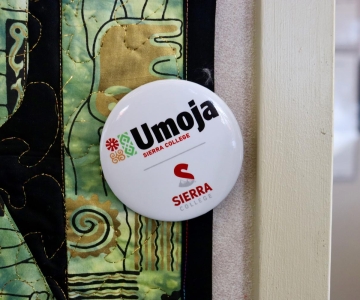A typical community college student is portrayed in society as a recent high school graduate with a full-time academic schedule and occasionally a part-time job, who is financially relying on their parents. Nevertheless, as the number of community college students from varied backgrounds and life experiences grows, there is no clear picture of what a community college student looks like.
Today, a large portion of community college students can be considered “non-traditional.” A non-traditional student is typically someone who is pursuing higher education at a later stage in life, or in a manner that differs from the traditional path of attending college directly after finishing high school. According to the National Center for Education Statistics, a college student who obtains at least one of the seven following attributes is considered a non-traditional student:
- Delayed enrollment
- Part-time enrollment
- Financially independent
- Full-time employment during enrollment
- Having dependents
- Did not receive standard high school diploma
However, the term “non-traditional student” is broadly understood. Many institutions include more populations in their criteria of non-traditional students. For instance, students that acquire at least one or more of the following characteristics may also be considered a non-traditional student:
- Military/veterans
- Low-income
- First-generation college goers (parents have not received a 4-year college degree or higher)
- International
- Commuters who don’t live on campus
The History of “Nontraditional Students”
Since the middle of the 1800s, nontraditional students have attended colleges and universities. According to Christine E. Ogren, normal schools offered nontraditional students a place to form community, participate in college activities, and develop leadership abilities whereas most institutions at the time only sought out and accepted traditional students.
Following World War II, when soldiers were granted educational benefits for the first time via the Servicemen’s Readjustment Act of 1944, came another wave of nontraditional students in higher education. While it was believed that the majority of college students should be of conventional age, Congress permitted soldiers beyond the age of 25 to enroll in college and extended the time period in which veterans may receive their degree in 1945 as a result of popular outcry.
There was also an influx of nontraditional students in the 1960s due to the rise of Financial Aid as a result of President Harry Truman’s 1947 Commission on Higher Education. With the easier availability of paying for classes, the rise in community college enrollments forced schools to compete for students by accepting a wider range of demographics.
The popularity of online schooling attracted more nontraditional students to enroll in higher education. It allowed parents, full-time workers, and those with disabilities to obtain a degree without the necessity of physically attending class.
Are Sierra College Nontraditional Students Succeeding Less?
Sierra College does not group together people of these subcategories under the term of nontraditional students.
According to recent studies that were done by the Sierra College Research Office, on the Sierra College Rocklin Campus, 58 percent of students were enrolled part-time during the Fall 2021 semester. For a student to be enrolled part-time, they must be taking a course load of less than 12 units.
Each student has their own idea of what success looks like; but, Sierra College defines success as receiving a passing grade of a ‘C’ or higher in course. The success rate of students enrolled part-time taking less than 6 units was 83 percent, while students taking between 6-11.9 units averaged 71 percent. That 71 percent is significantly lower than the 77 percent average success rate of students enrolled full-time. It is also important to note that the Rocklin Campus’ overall average in terms of success by unit load is 77 percent.
Based on the same study from the fall 2021 semester, close to 13.5 percent of Sierra College students from the Rocklin Campus were above the age of 24, making them older than “college age.” These students’ success rates averaged to about 74 percent, which was beneath the Rocklin Campus’ overall average of 77 percent of success by age group.
Returning students are those who begin college after high school, leave for various reasons, and return to higher education later. In keeping with the Sierra College Factbook, returning students made up about 6 percent of the Rocklin Campus’ enrollment status. They averaged a 64 percent success rate, which can be compared to the Rocklin Campus’ average of 77 percent for enrollment status.
Non-traditional students are clearly not succeeding as well as traditional students. Understanding that every student comes from different backgrounds with different life situations is essential in order to strive for an equitable community college campus where everyone has the adequate resources to succeed.
Dr. William Syms, Sierra College’s Dean of Equity, used the analogy of boats to symbolize each student’s different needs. “There are speedboats, there are tugboats, there are dinghies, there are battleships, and all of these ships move at different speeds,” said Syms. “We need to equip our ships with enough vessels to allow our students to get where they need to go.” This is especially applicable to non-traditional students; they often have different needs and challenges than traditional students and need resources specifically designed to support them.
Sierra College’s Rocklin Campus has a handful of services that accommodate student needs. Some non-traditional students know about their campus’ resources, while some are not even aware that these support systems exist or believe they can be supported more.
In an effort to grab interviews with non-traditional students, we sat in the cafeteria and quad of the Rocklin Campus, two of the school’s busiest locations, during times when students may be coming and going from class or having lunch. We guessed if people were nontraditional students based on their physical appearance and if they looked older than traditional student college age. Then when we interviewed them, we learned.
Ultimately, we spoke with four nontraditional students; each of them have varying experiences with the resources Sierra College has to offer. They are amongst the school’s large population of non-traditional students who have vastly different lives than what society paints as the typical college student.
Sean Cary
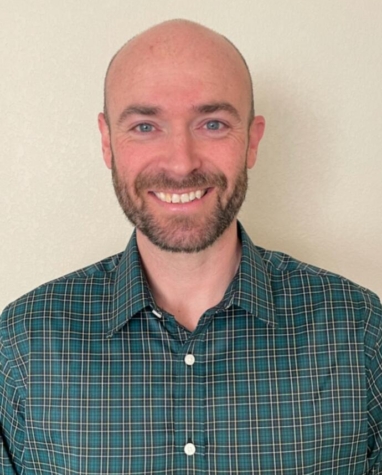
We hustled into the cafeteria at around 12:30pm, the peak of lunch time, on a Thursday afternoon in March. We scanned the enormous burger scented room to see if there were any students that looked older than “college age.” A man wearing a baseball cap with a beard was reading a book alone at a table. Even as we walked up to him, his eyes never left the book
“Hi, are you a student here?” asked Ryder.
“Yes, I am,” said the tired looking man.
We explained to him the essence of our story and asked him if he is a nontraditional student.
“I guess I am, since I’m old,” he said jokingly with a smile.
Sean Cary thought his academic career ended when he earned his bachelor’s degree 20 years ago. He is back in community college as a full-time student trying to become a registered nurse.
Cary only works part-time since he has a toddler at home and another baby on the way. He also mentioned his wife just recently received her college degree. In terms of finances, the Cary family is living off of their savings. “We’re just trying to make ends meet here,” he said. For Cary, work is his alone time. “It’s like a break because we aren’t really relying on my job to pay the bills,” he said. “I work as a break from school.”
Cary said the registered nursing program at Sierra College is “no joke.” For registered nursing students like himself, especially with his current family situation, there is a lot of pressure to complete the program within the 2-year mark. “You have to keep up or you’re out of the program,” he said.
Cary’s struggles with the pressure of the Sierra College Nursing program align with many other students at Sierra College. In fact, Sierra College has a renowned and demanding nursing program that is ranked number 1 in the Western Region. The program is challenging to get into and the course material is rigorous. Cary’s understanding of the pressure in his field is due to students being encouraged to speed through the program so students on the wait-list can start their academic journey.
In terms of resources, Cary said he isn’t really aware of the help the school can offer. “I’ve done the free lunch one time and actually I kind of thought that it wouldn’t apply to me until I asked a classmate and they said any student could use it.”
Rika Kumon
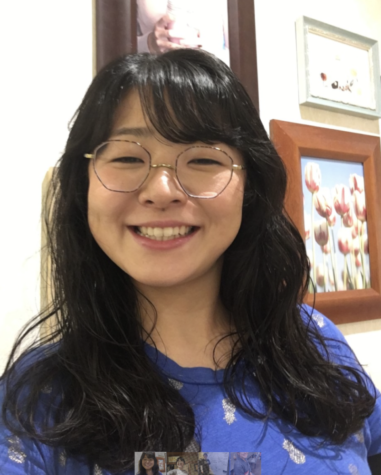
Taking a break from finding nontraditional students to interview, we decided to wait in the long line for the free burgers and chips the staff were handing out to students in the quad. A lady, already holding her free food, approaches us with an iPad in her hand.
“Can you fill out social media survey to help for class project?” she says with a thick Japanese accent, looking at us with kind eyes. We both looked at each other and knew we had just found our next nontraditional interviewee.
Rika Kumon’s only worry isn’t just about getting good grades in her classes, but also figuring out the American ways of life. English is not her first language, causing her to face some language barriers.
As an international student from Japan, Kumon has been living in the United States for quite some time. She began her studies in computer science at Sierra College’s Rocklin Campus during the fall 2022 semester at a later stage in her life; she decided to not reveal her age. Kumon also helps out her host family on top of her academics. The biggest differences Kumon has felt between the two countries’ school systems is the cultures.
“In Japan, we are always so worried about being judged. So, in order to not be judged, we always have rules set.” said Kumon. However, in American school systems, she explains there aren’t always rules that are given, making it difficult for her to succeed.
Kumon knows she is always welcome at the campus’ International Student Center. However, she feels she could be a bit more supported through her difficult transition from two very different school systems.
Fabiola Alvarez
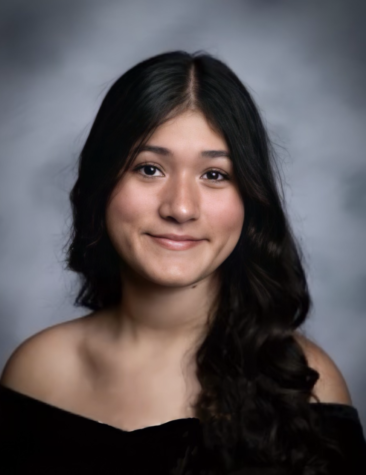
One day, Alexa and her best friend were in a Starbucks doing homework. While Alexa was typing on her computer, her friend was taking notes for calculus class with an array of colored pens and highlighters. Alexa was explaining about her research on nontraditional students, and her long-time friend started to tell her story.
When Fabiola Alvarez came to the United States as a little girl, she lived in a cramped three bedroom house with her Uncle, Aunt, and two cousins, along with her parents and older brother. Both her parents came from living in a small, poverty-stricken town in Mexico. Alvarez’s father dropped out of school in seventh grade, while her mother, being pregnant with her older brother, dropped out of school when she was 15 and has been working ever since.
Alvarez said both her parents got lucky and received higher rankings at their jobs and they were able to move out of her uncle’s house and into a small apartment after her two younger siblings were born. However, she explained that it was still very difficult. “It’s not like a crazy amount of money that allows them to cover a lot of things,” said Alvarez. “It’s still low income, very low income.”
Being a first-generation student, Alvarez was constantly told to be at the top. “I was always held to expectations that sometimes I felt like I couldn’t accomplish,” said Alvarez. “I felt like it was my duty to fulfill those expectations because my parents came from nothing.”
Alvarez has aspired to be a dentist since she was a young child. She crams her daily calendar to the brim in an effort to live up to the American Dream her parents have for her. As a Biology major, she attends her classes and labs at Sierra College’s Rocklin Campus throughout the day while taking 18 credits per semester. She drives to Sacramento for her dental internship program twice a week after finishing her classes at Sierra, arriving home at 10:30 p.m.
When it comes to expenses outside of school, Alvarez is on her own. She works 15 hours a week at a local boba shop. “Even though I have a busy school schedule, I have to make money somehow… my parents can’t afford to pay for my things,” said Alvarez.
Nonetheless, she has tried to find the silver lining in her situation.
With the help of the TRiO program and the Basic Needs center, Alvarez is able to find the resources she needs to help her achieve her goals. “I was able to get a bunch of school supplies for free through the Basic Needs center,” said Alvarez. “TRiO has been a great shoulder to lean on and makes me realize that there are a lot of people who are like me- low income, first-generation students who are trying to make their own legacy.”
Ryan Yeoman

In our story, we felt that we had interviewed a lot of nontraditional students, but there was still something missing. We had covered students from different demographics at Sierra College but we felt that our story could be representing a larger variety of students. When Alexa and I were communicating about potential interviews for this story, someone who I am familiar with named Ryan Yeoman came to mind.
I know Yeoman from a Photography 60A class I am currently taking on the Rocklin Campus. Yeoman is someone who fills up the classroom with his outgoing personality and ability to connect with every student. I knew Yeoman would be a great interview for our story because of his decorated history in the military and use of on-campus resources to benefit his college experience.
Yeoman is a nontraditional student in the sense that he is years removed from high school and pursuing higher education for the first time in his life. Additionally, Yeoman is also an Iraq war veteran and served our country for twelve years on active duty.
When talking about the time he served in Iraq, Yeoman said, “I got shot, blown up, all kinds of fun stuff– and came back.” Yeoman later said, “I couldn’t stay active anymore in the Reserves to finish off my 12 years. And they told me that I was too messed up for that, too, so I couldn’t stay in anymore. I was planning on making a career out of it.”
Yeoman is a member of the Veterans Success Center at Sierra College which offers important student resources to veterans through the United States Veterans Affairs Department (VA). According to information gathered from the Sierra College Library Archive that includes previous student newspapers and campus publications, the Veterans Center launched on the Rocklin campus in 2013. It has gained recognition for excellence and has attracted veterans from all over the country to attend Sierra College.
Yeoman speaks highly of the Veterans Success Center (Center) and how they have helped his experience through rigorous classes and financial benefits for school. The criticism Yeoman has about the Center is lack of student outreach and on-campus advertisement discrepancy.
Yeoman states, “I think that there’s no advertisement or no anything. You walk through the campus and you’ll see, you know, different signs, posters and stuff up everywhere. There’s nothing like that for the veterans. The biggest problem that they have is people don’t know.”
Yeoman is familiar with some students in the veteran demographic on campus. “I actually know one of the guys who lives in Auburn. He went to school on the Rocklin Campus for three years and didn’t know they had a Veterans Administration here. He went to school here, paid for his own school, everything else. He didn’t know that the VA was here!”
With the assistance of the Veterans Success Center at Sierra College, Yeoman plans to pursue his dream of being an entrepreneur.
Students-to-Students Sharing Resources
It’s important to evaluate different scenarios on why students in the nontraditional background tend to have lower success rates. Student success for nontraditional students isn’t always an issue of passing or failing a class. It’s important to understand the potential reasons why nontraditional students may take longer to complete their degrees.
- Becoming a first-generation student and parents lacking knowledge on higher education
- Balancing financial obligations
- Learning to use modern technology
- Finding the time to work and study
- Balancing family commitments
- Having the self-confidence to be successful
For students at Sierra College coming straight out of high school, their lives are often more predictable than students of an older demographic. From the interviews with students like Cary and Alvarez, they describe a sense of unpredictability in their lives that comes with being a nontraditional student.
For many traditional students, graduating or transferring out of Sierra College in two years seems like a realistic timeframe. Many of these students have a dependency on their parents for financial support, housing, and rarely pressure to work full-time.
In Alvarez’s interview, she talks about the reality of having to juggle a crammed school schedule and work in order to pursue her degree. Cary also talks about the struggle of being a nontraditional student while managing the stress of being employed part-time with a family.
In the interviews we conducted, it seemed as if many of the students were not aware of the resources available for them. “Students shouldn’t have to worry about equity,” says Syms. “The most effective thing is when students are telling other students about the resources.”
Reported and Written by Alexa Topacio and Ryder Bouck
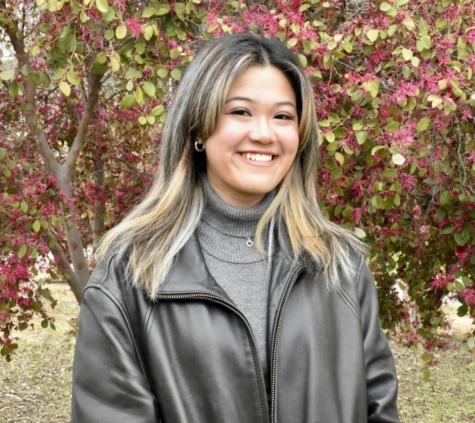
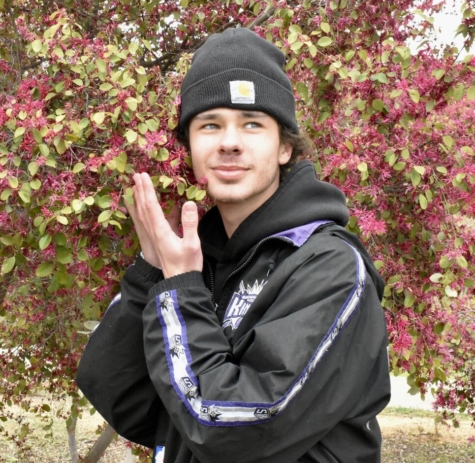
Editor’s Note
This article is one in a set of stories called, “Everybody is Entitled to Equity,” that were supported through the California Humanities “Emerging Journalist Fellowship.” The Fellowship awards up to four student-fellows in Journalism programs at California Community Colleges funding to do community-based journalism. This is the second year that the Sierra College Journalism program has received this significant statewide award. In 2023 at Sierra College, additional support for a fifth fellow was awarded through the Sierra College Foundation.
Any views or findings expressed in the five stories that make up, Everybody is Entitled to Equity, published here on Roundhouse News & Review, do not necessarily represent those of California Humanities or the National Endowment for the Humanities, or the Sierra College Foundation.

